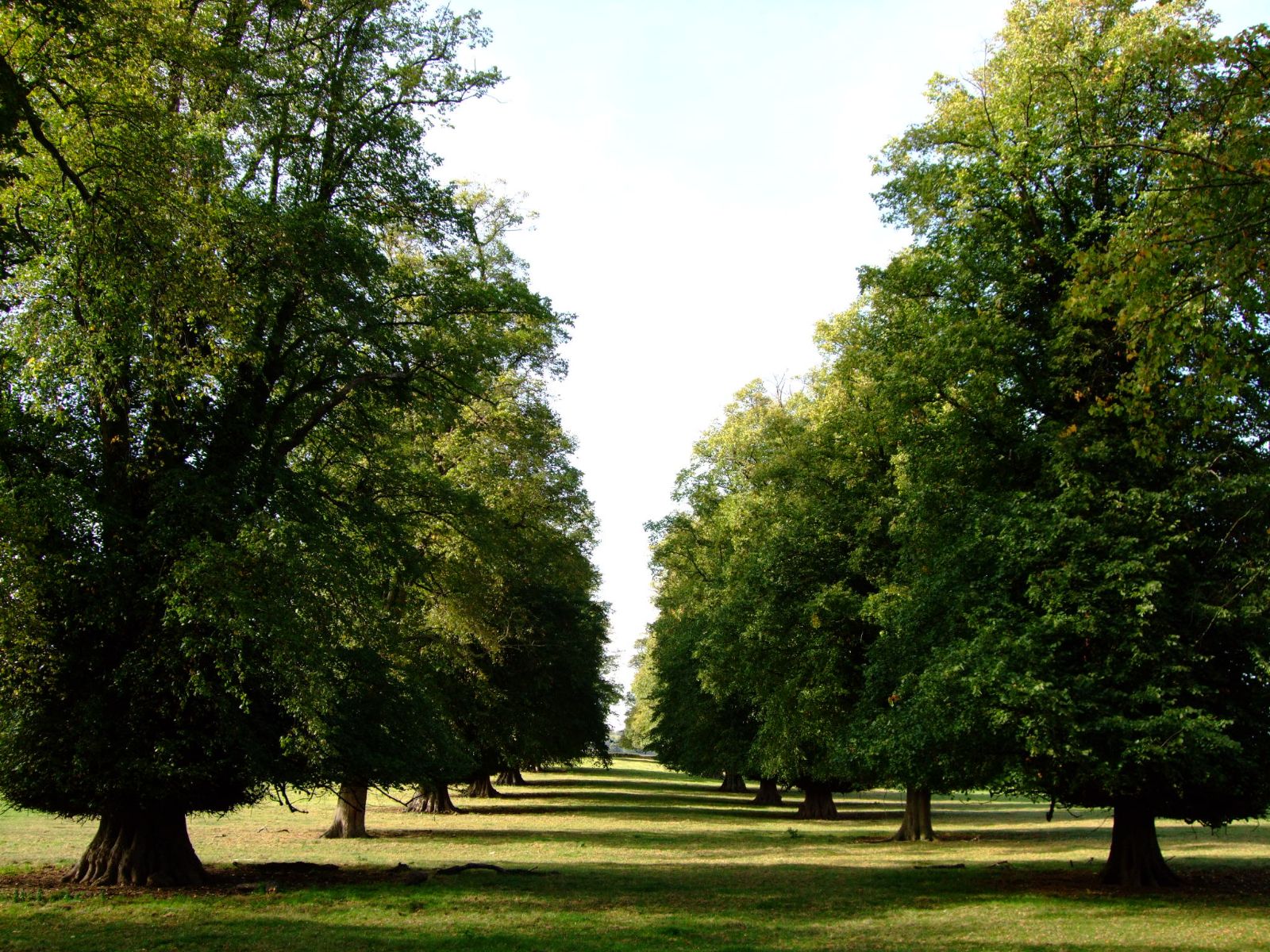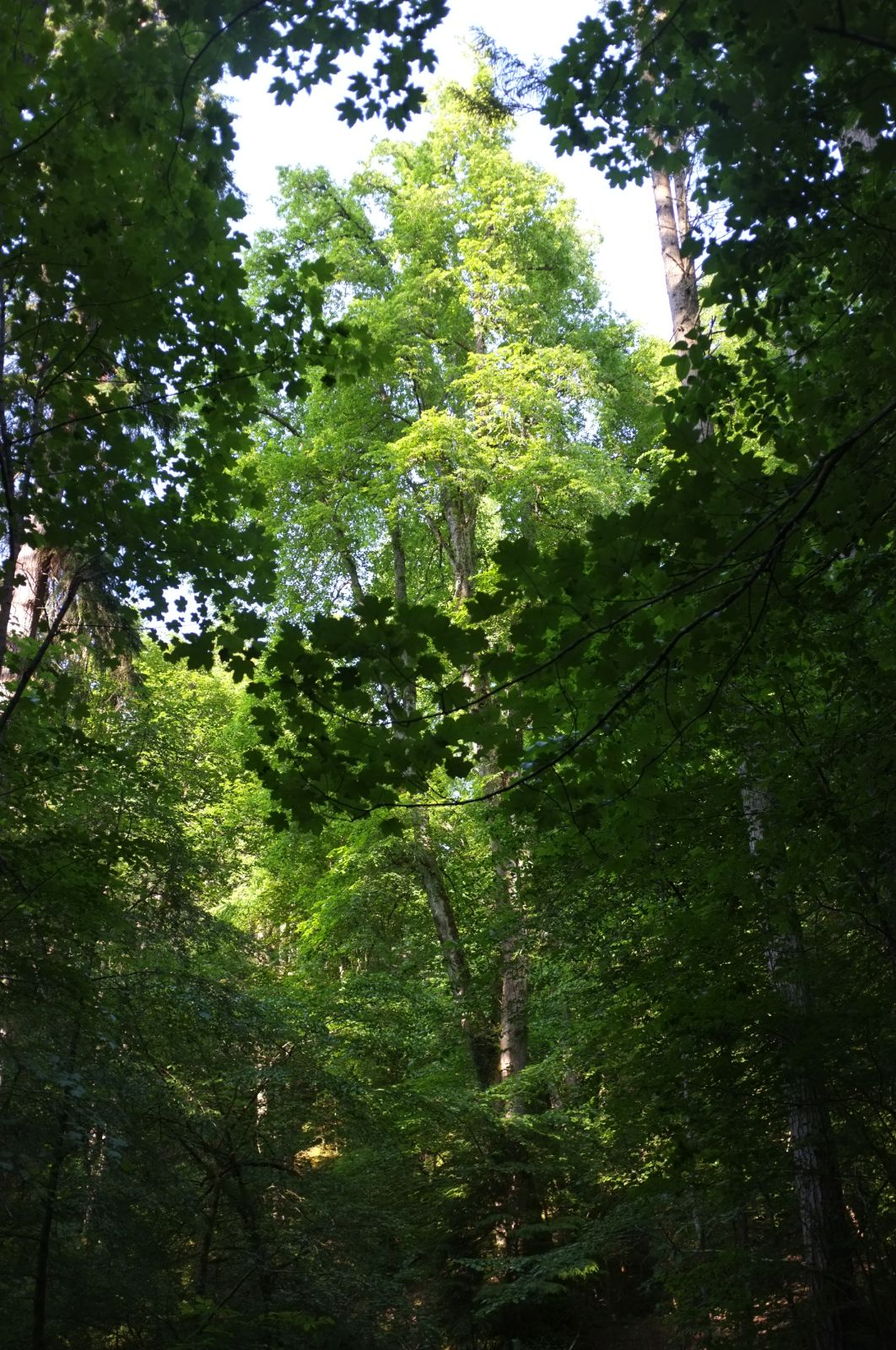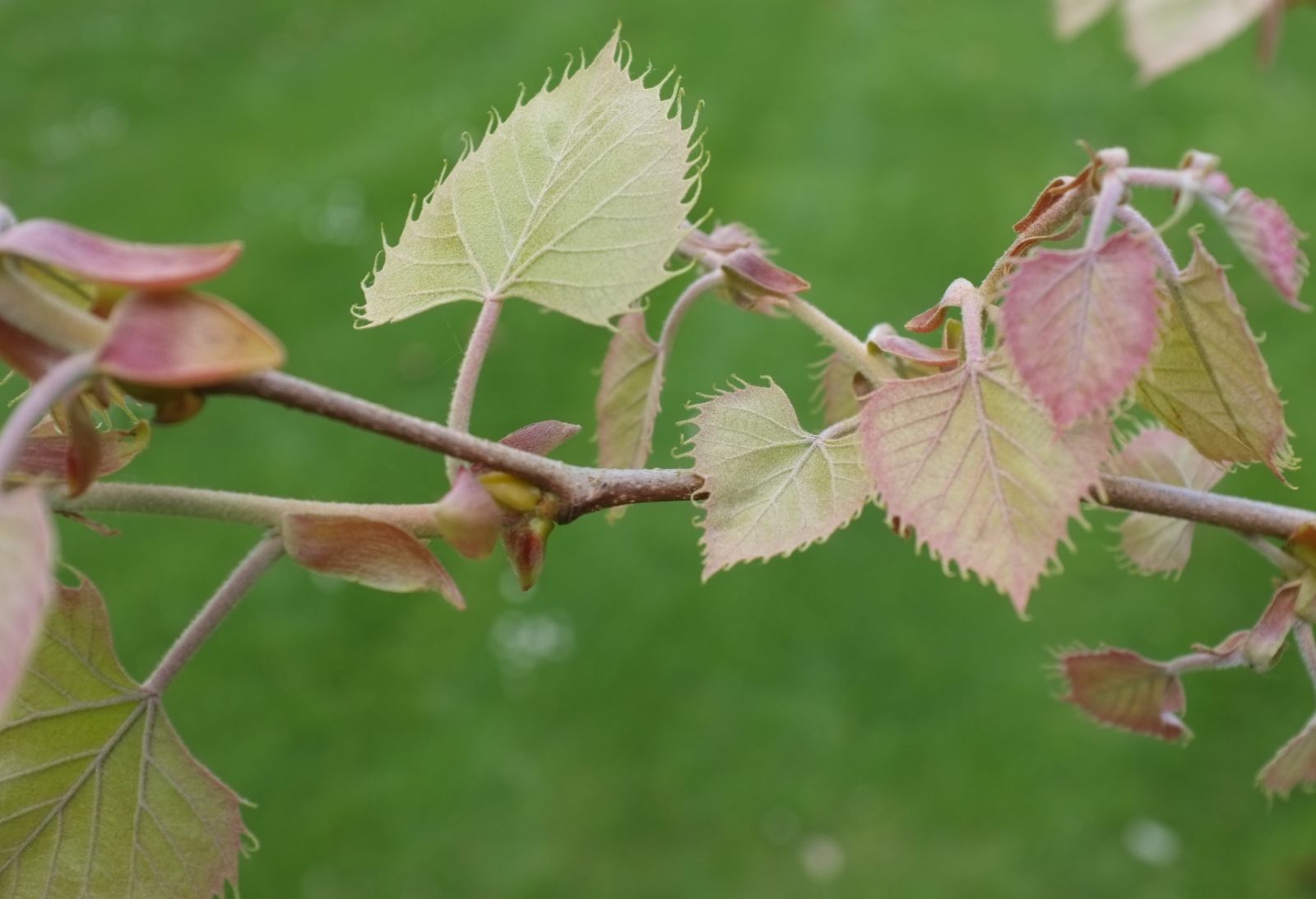Tilia
Sponsor
Kindly sponsored by
a member of the International Dendrology Society
Credits
Owen Johnson & Julian Sutton (2020)
Recommended citation
Johnson, O. & Sutton, J. (2020), 'Tilia' from the website Trees and Shrubs Online (treesandshrubsonline.
Family
- Malvaceae (formerly Tiliaceae)
Common Names
- Lindens
- Lime-trees
- Basswoods
Species in genus
- Tilia americana
- Tilia amurensis
- Tilia callidonta
- Tilia chinensis
- Tilia chingiana
- Tilia concinna
- Tilia cordata
- Tilia dasystyla
- Tilia endochrysea
- Tilia × euchlora
- Tilia × europaea
- Tilia × flaccida
- Tilia × flavescens
- Tilia Hanwell Hybrids
- Tilia 'Harold Hillier'
- Tilia 'Harvest Gold'
- Tilia × haynaldiana
- Tilia henryana
- Tilia japonica
- Tilia × juranyana
- Tilia kiusiana
- Tilia mandshurica
- Tilia maximowicziana
- Tilia miqueliana
- Tilia mongolica
- Tilia nobilis
- Tilia × noziricola
- Tilia oliveri
- Tilia paucicostata
- Tilia platyphyllos
- Tilia tomentosa
- Tilia tuan
- Tilia 'Westonbirt Dainty'
Deciduous trees. Shoots slender, side shoots zig-zagging; buds alternate, broader (except in T. endochrysea) than the shoot, ovoid, with 2 or 3 visible scales. Leaves usually heart-shaped and often asymmetrical, margin usually serrate, teeth often with apiculate tips; leaf often with tufts of hair under the vein axils and sometimes with stellate pubescence under the blade. Petiole sometimes as long as the blade and usually meeting it an asymmetrical angle. Inflorescences axillary, forming cymes of 3–200 flowers. Floral bracts narrowly rectangular, large and persistent, and fused at least to the base of the inflorescence peduncle. Flowers bisexual. Sepals 5; petals 5, white or yellow; staminodes when present petaloid, alternating with the petals. Stamens many; ovary divided into 5 parts, only 1 or 2 of which develop seeds. Fruit a small, rounded, ovoid or 5-angled capsule, with a papery, leathery or woody wall usually covered in stellate hairs (Pigott 2012; Strother 2015).
‘Tilia is taxonomic torture’ (Santamour & McArdle 1985). Few who are familiar with even a couple of Tilia species will have difficulty in recognising any of the others as limes, and the limits of the genus have never been seriously disputed. The problem lies in distinguishing species. The strong similarities that make recognition of the genus so easy, work against intuitive recognition of species. Variation is the norm within species, within populations, even between the leaves on different parts of a single tree. Some apparently distinct taxa prove to intergrade when studied in detail. Hybrids are frequent, at least in cultivation, and useful molecular data are hard to come by. These are the problems faced by anyone who would make sense of these much-loved and culturally significant trees.
Limes are trees of the northern temperate latitudes, extending south into the mountains of Mexico and Vietnam. East Asia has the most species, but Tilia is also represented in Europe and the Caucasus, and in Mexico and eastern North America; the genus is absent from the Himalayas and from western North America. A genus which includes familiar European species, Tilia was first described by Linnaeus in Species Plantarum of 1753: the name is a Latin word for the lime. Linnaeus’s own family name derives from the Swedish lind, a lime tree. Molecular data show that Tiliaceae, in which it has traditionally been placed, brought together some rather distantly related plants (Alverson 1999). Tilia, along with its closest relatives Craigia and Mortoniodendron (woody plants from China and Central America respectively) are now placed in Malvaceae as an early branch (Stevens 2019), a relationship which was already recognised. Paddle-shaped bracts combined with woody habit straightforwardly distinguish Tilia from other Malvaceae. Pigott (2012) provides a clear and comprehensive monograph of the genus.
Although opinions will always differ on how to apply the species concept to variable, intergrading taxa, we follow Pigott (2012) and the weight of contemporary opinion in accepting relatively few, variable species, all of which are in cultivation. Of 22 species, 17 are from temperate East Asia and 4 are from Europe and western Asia. We recognise just one especially variable species in North America, following Strother (2015).
Two Chinese species, T. henryana and T. endochrysea, are so distinct that they are placed in their own sections. Following Engler (1909) the remaining species are conventionally split between Section Astrophilyra (with stellate hairs on leaves and bracts) and Section Anastraea (without stellate hairs). However, some typically glabrous species have stellate-hairy forms, and vice versa; the North American basswoods fit even less comfortably. Pigott (2012) considers the distinction ‘almost certainly artificial’. DNA sequence data which might clarify the main lines of evolution within the genus help little, due to lack of genetic variation at commonly used sites (Cai et al. 2015): there is a need for phylogenomic studies based on whole genome sequences, which would also shed light on any role of ancient hybridisation in the evolution of Tilia.
Summer flowering trees, limes are insect-pollinated. They are generalists, attracting a wide range of insects (Anderson 1976). Scented flowers and the large, pale bract at the base of the infloresence are attractants; the copious nectar is a reward. Dying bees found under flowering limes give rise to a suspicion that the flowers are toxic. Ongoing research has failed to identify toxins, but the flowers may produce caffeine, confusing bees and encouraging them to return repeatedly to flowers whose nectar has become depleted, until they starve (Koch & Stevenson 2017). The seeds of most limes are dispersed by wind, the inflorescence almost always being attached near the centre of the bract, allowing it to double as a helicopter wing. Bracts carrying fruit can float, so water dispersal from streamside parents is also possible (Pigott 2012).
Flower and fruit identification features include the presence of staminodes (floral structures intermediate between stamens and petals), the number of flowers in each inflorescence, and whether the fruit wall can easily be broken between finger and thumb.
In some species and forms, winter twigs can be blood-red in sun, with broad red buds. Buds typically have one large and one small scale visible, so are sometimes compared to tiny boxing gloves. Several Asiatic species show attractive reds and pinks as the leaves emerge.
Heart-shaped leaves, asymmetric at the base, are typical and distinctive. Several species have variants whose radial lobes obscure the leaf’s heart shape; in one, Tilia mongolica, lobed leaves are the norm, at least among cultivated trees. Leaf margins are toothed in all but some variants of T. tuan and T. endochrysea. Often exquisitely regular, teeth may be triangular, rounded or step-like and are usually tipped with an emergent vein or mucro. Toothing is fairly consistent and useful in identification.
The stellate hairs that form the felting under the leaf in many species vary in their number of arms; four, eight and sixteen are commonest. This is consistently useful in species determination (Pigott 2012) but requires a microscope. Some limes are sufficiently pubescent for the underleaves to appear white, a strikingly ornamental feature. However, this is less useful in species identification, with some species such as T. tuan and T. americana showing a full range of pubescence, from trees with silver underleaves to those that are green and almost hairless. Sun-leaves on flowering shoots are smaller and usually more pubescent than the leaves of saplings or the shaded leaves of more accessible branches. The foliage descriptions in this account are for sun-leaves, following Pigott (2012). Autumn colours are yellow, but often muted.
The wood of limes seems to be rather constant across species (Pigott 2012). It is susceptible to rot, so is rarely used structurally, but ease of working and a tendency not to crack if dried correctly make it useful for household artefacts and furniture. Ideal for detailed carving, it was the substrate for the famous work of Grinling Gibbons (1648–1721). Until the Middle Ages, lime was favoured in Europe for shields, being lightweight but soft enough to absorb a blade’s impact: the Old English word for a shield is lind (Mitchell & Robinson 1995). The strong bast fibres (phloem fibres, beneath the bark) were traditionally used for making ropes and mats: this is the origin of the American name Basswood.
Lime timber rots readily, but several species are very long-lived. New roots are produced with facility, both from branches that touch the ground and within the decay of the original trunk. Across central Europe, but not in western France or in Britain, ‘village limes’ are often the oldest tree in the neighbourhood. A specimen of T. platyphyllos at Kasberg, Bayern, Germany, is supposed to have been planted in 1012, and one at Schenklengsfeld, Hessen, Germany, has a stone underneath it claiming a planting date of 760 (Pigott 2012). Pigott observes that the area of distribution of these ancient trees is coterminous with the region from which Celtic culture expanded in the first millennium BC.
Wild limes (T. cordata, T. platyphyllos and their natural hybrid T. × europaea) are now at best local in England and Wales, though they still dominate a few ancient woodlands. T. cordata in particular is toward the northernmost limit of its natural range and seldom ripens fruit in Britain’s short, cool summers, although it grows further north in continental Europe, reaching well into southern Sweden (Pigott 2012). Analysis of pollen deposits has suggested that limes were the commonest trees in the much of the primeval ‘wildwood’ of the English lowlands (Rackham 1986); an apparently sudden decline in abundance around 5000 years ago coincided with a period of falling summer temperatures but was probably due largely to the introduction by early farming peoples of high levels of grazing, which would have turned dense woodland over a period of generations into open grassland and would particularly have affected the palatable lime.
There are very few exuberantly distinctive garden varieties: no purple limes, very few attractively variegated forms, and nothing strictly fastigiate or spectacularly weeping. Of many named clones the great majority are selections made for vigour, good form, disease resistance, or simply to guarantee clonal uniformity for street planting, rather than plants that can be identified in the field or that demand to be grown for their unique qualities. It should be remembered that the regular habit for which the clone has been selected is a youthful feature, lost with age.
Most limes are well adapted to cold winters and many benefit from hot summers to ripen the wood. In general, waterlogged or strongly acidic soils should be avoided. All species appear shade tolerant, and a strong, upright leader is encouraged by some shelter (Pigott 2012). Young limes have a pronounced taproot; coiling in containers is to be avoided, and airpots are beneficial. Although they are forest trees, limes are perhaps best planted in isolation where the gracefully domed crown has room to develop, and where flowering will begin all over the canopy from a relatively early age. Their typically very consistent growth makes Tilia a good choice for formal avenues, allowing room for each tree to reach maturity. Highly prunable, they are favourite subjects for pleaching, especially T. platyphyllos ‘Rubra’. In Europe, lime-specific pests and diseases apart from the Lime Aphid (Eucallipterus tiliae) seem not to cause major problems. The tendency of T. × europaea in particular to support huge aphid populations, whose sticky droppings reputedly damage the paintwork of cars parked underneath, is one of the genus’s few drawbacks. In North America however the Basswood Leafminer (Baliosus nervosus) and introduced Japanese Beetle (Popilia japonica) can badly disfigure both native and alien species, with uncertain and perhaps changing species preferences (Boggs & Young 2019).
Seed should be collected around October, when the husk turns from green to pale brown, and sown immediately. Seeds dried on the tree or stored will tend not to germinate until their second spring, some taking longer. However, open-pollinated seedlings, when several lime species are accessible to pollinating insects, are quite likely to be hybrids. Softwood cuttings can be taken in June or July, from long, vigorously growing shoots, and rooted under mist. Grafting is possible, but budding is common nursery practice, with T. cordata, T. platyphyllos and T. × europaea the usual stocks in Europe (Pigott 2012).
In Britain there are good Tilia collections, almost all from 20th-century plantings, and with an emphasis on species, at Cambridge University Botanic Garden; Peasmarsh Place, Sussex; Thorp Perrow Arboretum, Yorkshire; and Westonbirt, Gloucestershire.
The Dutch National Lime Collection, developed since 1988, is at Winterswijk. Both the Morton Arboretum, Illinois and the Arnold Arboretum, Massachusetts have large lime collections whose oldest specimens are around 100 years old.
Identification key | ||
| 1a | Leaf-margin entire or with distant tiny teeth | Tilia tuan |
| 1b | Leaf-margin quite closely and regularly toothed, or lobed | 2 |
| 2a | Leaf-margin with a few lobes/large teeth | 3 |
| 2b | Leaf-margin unlobed, with regular small teeth | 5 |
| 3a | Leaf significantly longer than broad; flower-stalk separating from flower-bract near its base; fruit splitting when ripe | Tilia endochrysea |
| 3b | Leaf about as broad as long; flower-stalk separating from flower-bract near its centre; fruit not splitting when ripe | 4 |
| 4a | Flower-head erect | Tilia mongolica (and some of its hybrids) |
| 4b | Flower-head drooping | Sports of Tilia platyphyllos, T. tomentosa, T. amurensis, and some hybrids of T. mongolica |
| 5a | Teeth around the leaf-margin consisting mostly of a whisker/peg tip | 6 |
| 5b | Teeth rounded or triangular (serrate), with or without a short whisker/peg tip | 9 |
| 6a | Whisker-tips of teeth >2 mm long | Tilia henryana |
| 6b | Peg-tips of teeth <2 mm long | 7 |
| 7a | Leaf-margin scalloped between stout peg-tips of teeth | Tilia mandshurica |
| 7b | Short peg-tipped teeth form tiny steps on the leaf-margin | 8 |
| 8a | Flowerheads with 2–5 flowers | Tilia chinensis |
| 8b | Flower-heads with 9–17 flowers | Tilia callidonta |
| 9a | Underleaf coated partially or fully with a dense or sparse felt of stellate hairs | 10 |
| 9b | Underleaf hairless, or with a thin cover of simple hairs, or only with tufts of hair at the vein-joints | 21 |
| 10a | Any stellate hairs on twig or leaf-stalk soon shed | 11 |
| 10b | Twig and leaf-stalk with persistent stellate hairs, often dense and white | 18 |
| 11a | Young twig very slender (<2 mm thick); flower-bract with a long (5–25 mm) stalk | Tilia paucicostata |
| 11b | Young twig usually >2 mm thick; stalk of flower-bract seldom more than 10 mm long | 12 |
| 12 | Leaf large (often more than 150 mm long), and rather oblong (significantly longer than broad) | Tilia americana |
| 13 | Leaf about as broad as long and seldom more than 100 mm long | 14 |
| 14a | Leaf with small, step-like marginal teeth; fruit with 5 bold longitudinal ribs | 15 |
| 14b | Leaf with approximately triangular, moderately deep marginal teeth; fruit scarcely ribbed | 16 |
| 15a | Fruit almost as broad as long; flower-heads with 2–5 flowers | Tilia chinensis |
| 15b | Fruit about twice as long as broad; flower-heads with 9–17 flowers | Tilia callidonta |
| 16a | Underleaf densely felted and brilliantly white | Tilia oliveri |
| 16b | Underleaf grey or greenish and rather sparsely felted | 17 |
| 17a | Fruit more or less spherical | Tilia concinna |
| 17b | Fruit consistently longer than broad | Tilia chingiana |
| 18a | Leaf rather triangular, with a long steadily tapered upper portion | Tilia miqueliana |
| 18b | Leaf rounded, with a short or more suddenly pointed tip | 19 |
| 19a | Marginal teeth of leaf with concave sides, forming scallops between long peg-tips | Tilia mandshurica |
| 19b | Marginal teeth triangular or with convex sides | 20 |
| 20a | Flower-heads with 4–10 flowers | Tilia tomentosa |
| 20b | Flower-heads with 15–20 flowers | Tilia maximowicziana |
| 21a | Young twigs usually >2 mm thick; leaves usually more than 80 mm long | 22 |
| 21b | Young twigs very slender (<2 mm thick); leaves often less than 80 mm long | 29 |
| 22a | Leaves notably large, often more than 150 mm long | 23 |
| 22b | Leaves seldom as much 150 mm long | 24 |
| 23a | Leaf rather oblong and significantly longer than broad; tufts under vein-joints neat and compact | Tilia americana |
| 23b | Leaves about as broad as long; hairs extend along the main veins from their junctions | Tilia nobilis |
| 24a | Underleaves with zones of sparse stellate hairs extending away from the vein-joints; flower with staminodes | 25 |
| 24b | Underleaves with simple hairs and/or with compact areas of hair around the vein-joints; flowers without staminodes | 26 |
| 25a | Flower-heads with 2–5 flowers; fruit with bold longitudinal ribs | Tilia chinensis |
| 25b | Flower-heads with 8–14 flowers; fruit not boldly ribbed | Tilia chingiana |
| 26a | Marginal teeth of leaves tipped with very short whiskers, or none; fruit not boldly ribbed | Tilia × europaea |
| 26b | Marginal teeth of leaves tipped with obvious whiskers/pegs; fruit with bold longitudinal ribs | 27 |
| 27a | Upper leaf surface glossy | Tilia dasystyla, T. × euchlora |
| 27b | Upper leaf surface matt | 28 |
| 28a | Mature leaf hairless except for tufts under the vein-axils; leaf surface fairly flat | Tilia dasystyla subsp. caucasica |
| 28b | Mature leaf often with simple hairs on both sides; surface softly rugose with sunken minor veins | Tilia platyphyllos |
| 29a | Leaf oblong (significantly longer than broad), on a stalk much shorter than the blade | 30 |
| 29b | Leaf about as broad as long, on stalks sometimes almost as long as the blade | 31 |
| 30a | Leaf very small (<35 mm wide); winter buds with 3 visible scales | Tilia kiusiana |
| 30b | Leaf 25–70 mm wide; winter buds with 2 visible scales | Tilia paucicostata |
| 31a | Winter buds with 3 scales visible | Tilia japonica |
| 31b | Winter buds with 2 scales visible | 32 |
| 32a | Flower-heads erect | Tilia cordata |
| 32b | Flower-heads hanging | 33 |
| 33a | Underleaf often glaucous; flowers with long stamens extending past the petals; staminodes usually absent. | Tilia amurensis |
| 33b | Underleaf pale green; flowers with short stamens not extending past the petals; staminodes present | Tilia paucicostata |







